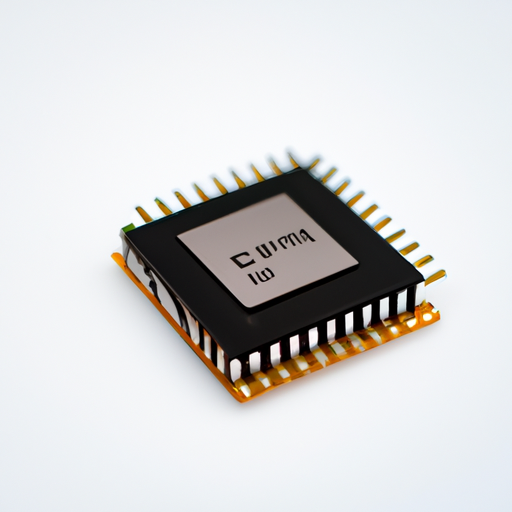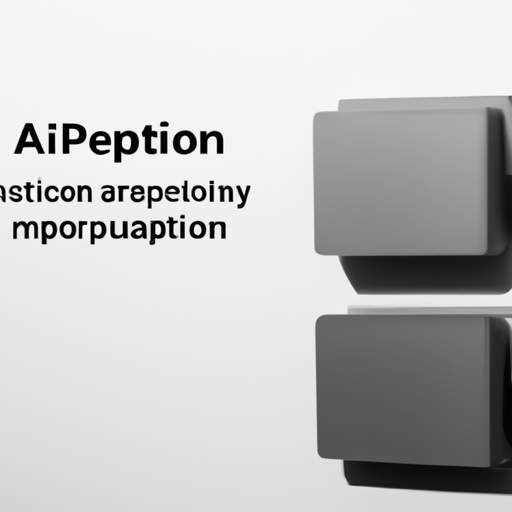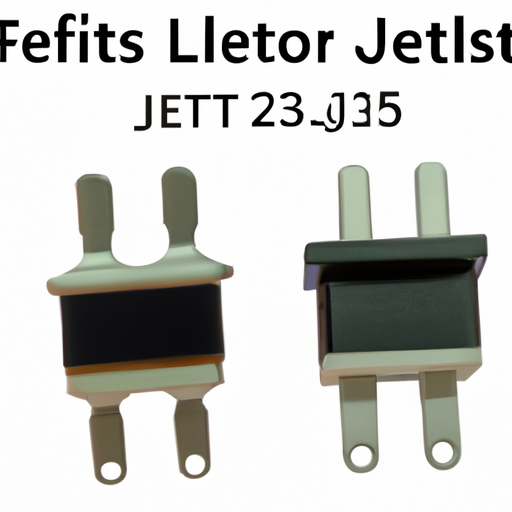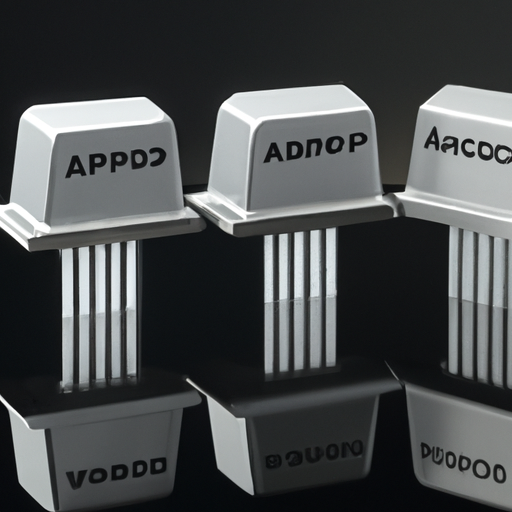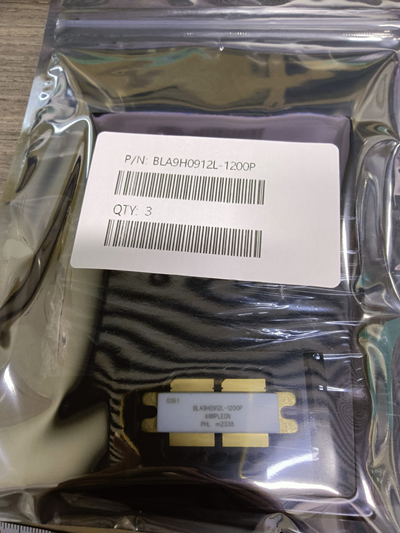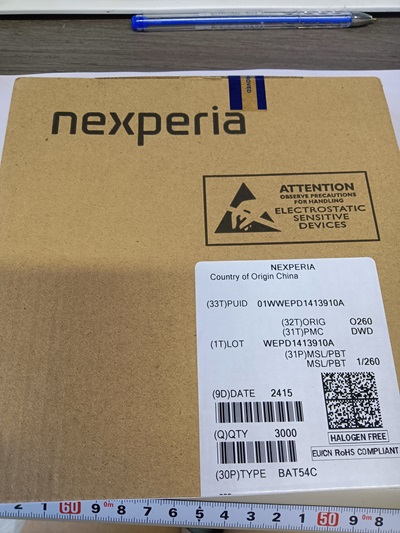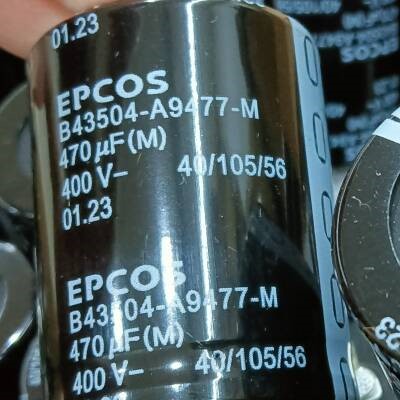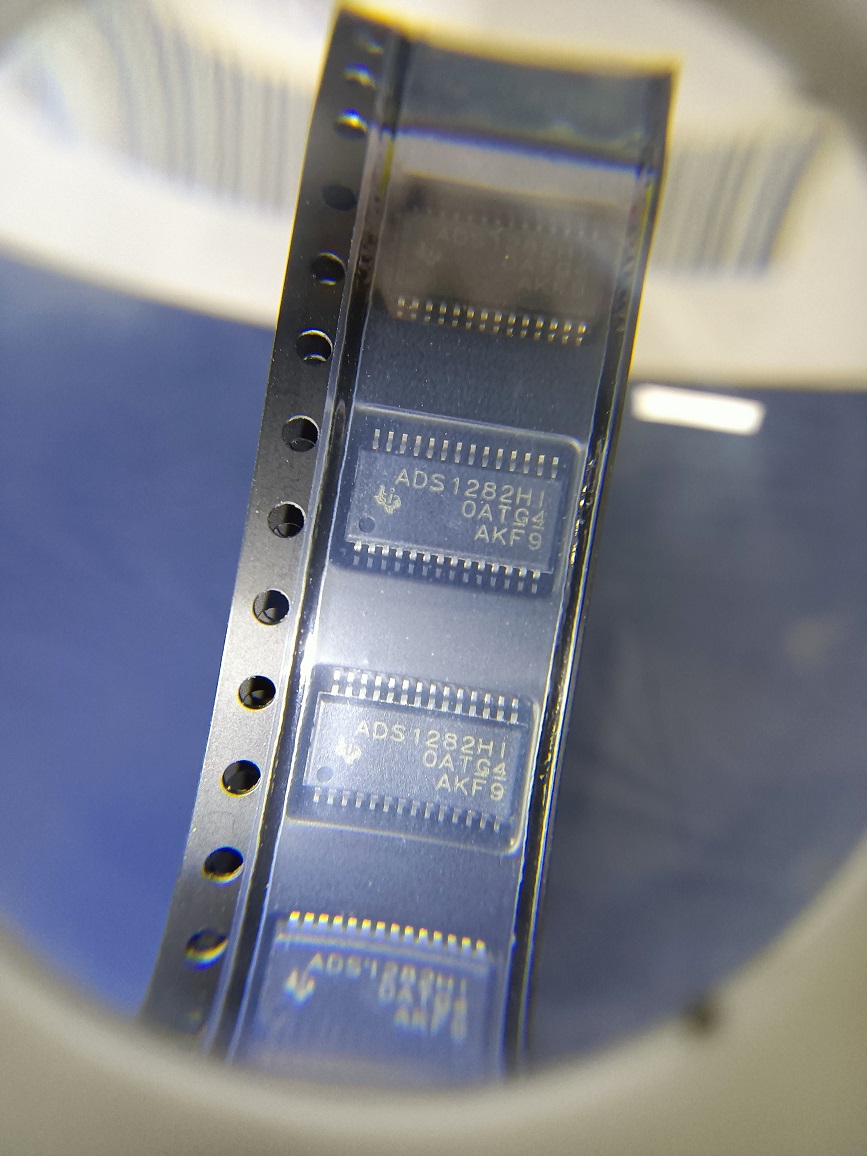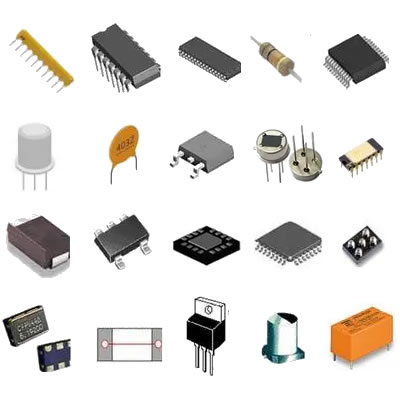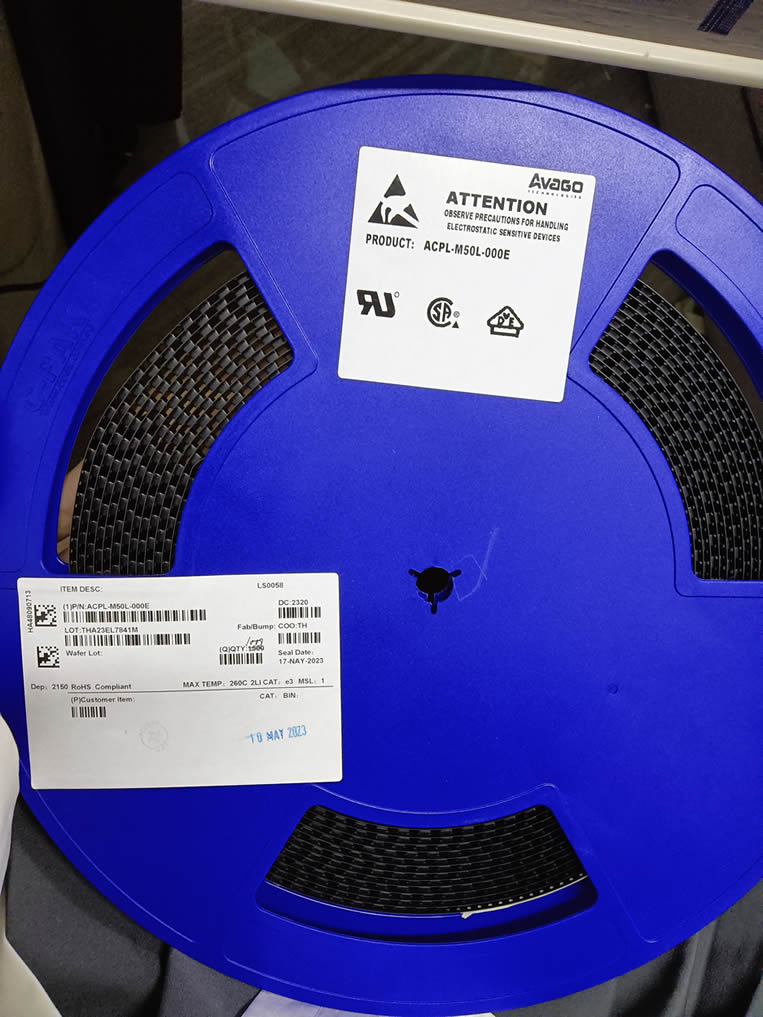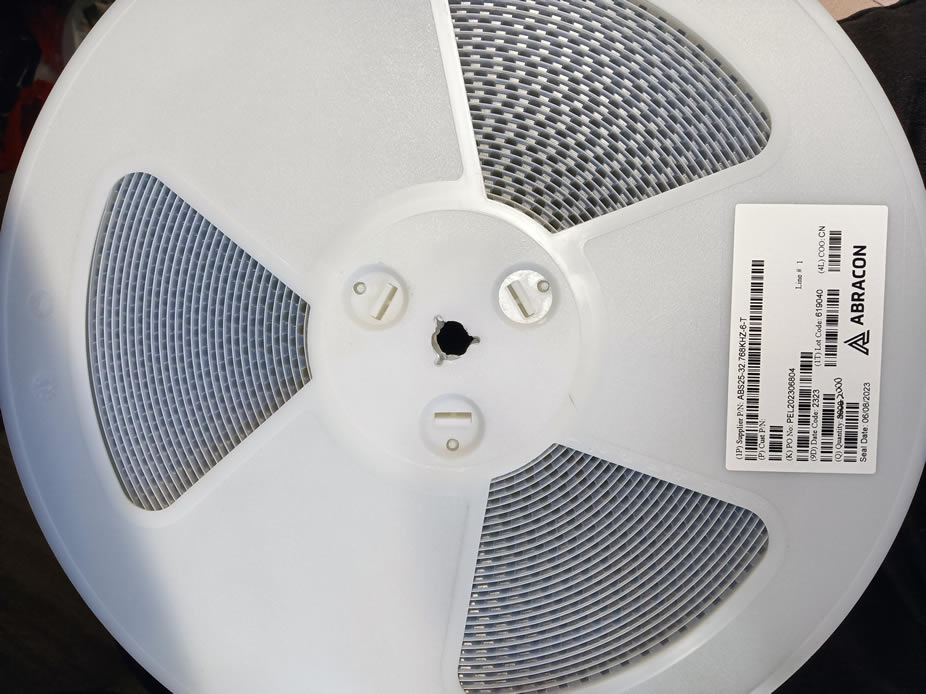What is a capacitor dielectric product?
What is a Capacitor Dielectric Product?
I. Introduction
Capacitors are fundamental components in electrical and electronic circuits, serving a variety of functions from energy storage to filtering signals. At the heart of a capacitor's performance lies its dielectric material, which plays a crucial role in determining how effectively the capacitor can store and release electrical energy. This blog post will explore the concept of the capacitor dielectric product, a key factor in capacitor design and performance.
II. Understanding Capacitors
A. Basic Components of a Capacitor
A capacitor consists of two conductive plates separated by an insulating material known as a dielectric. The conductive plates are typically made of metals such as aluminum or tantalum, while the dielectric can be composed of various materials, each with unique properties.
B. Function of Capacitors in Electrical Circuits
Capacitors store electrical energy in an electric field created between the conductive plates. When a voltage is applied, the capacitor charges, accumulating energy. When the voltage is removed, the capacitor can discharge this energy back into the circuit. This ability to store and release energy makes capacitors essential for smoothing out voltage fluctuations, filtering signals, and providing power in various applications.
C. Types of Capacitors and Their Applications
There are several types of capacitors, including ceramic, electrolytic, tantalum, and film capacitors, each suited for specific applications. For instance, ceramic capacitors are commonly used in high-frequency applications, while electrolytic capacitors are often found in power supply circuits due to their high capacitance values.
III. The Role of Dielectrics in Capacitors
A. Definition of Dielectric Materials
Dielectric materials are insulators that can be polarized by an electric field. When a dielectric is placed between the plates of a capacitor, it increases the capacitor's ability to store charge, effectively enhancing its capacitance.
B. Properties of Dielectrics
1. **Permittivity**: This property measures how easily a dielectric material can be polarized by an electric field. Higher permittivity values indicate better energy storage capabilities.
2. **Dielectric Strength**: This refers to the maximum electric field a dielectric material can withstand without breaking down. A higher dielectric strength allows for the design of capacitors that can operate at higher voltages.
3. **Loss Tangent**: This property indicates how much energy is lost as heat when the dielectric material is subjected to an alternating electric field. A lower loss tangent is desirable for efficient capacitor performance.
C. How Dielectrics Affect Capacitor Performance
The choice of dielectric material directly impacts a capacitor's performance, including its capacitance, voltage rating, and efficiency. Understanding the properties of dielectrics is essential for engineers and designers when selecting materials for specific applications.
IV. Capacitor Dielectric Product Explained
A. Definition of Dielectric Product (D)
The dielectric product, often denoted as \(D\), is a critical parameter in capacitor design. It is defined as the product of the dielectric constant (relative permittivity) of the material and the thickness of the dielectric layer. Mathematically, it can be expressed as:
\[ D = \varepsilon_r \cdot d \]
where \( \varepsilon_r \) is the relative permittivity of the dielectric material, and \( d \) is the thickness of the dielectric layer.
B. Mathematical Representation of the Dielectric Product
The dielectric product can be used to calculate the capacitance of a capacitor using the formula:
\[ C = \frac{D \cdot A}{d} \]
where \(C\) is the capacitance, \(A\) is the area of the conductive plates, and \(d\) is the thickness of the dielectric. This relationship highlights the importance of both the dielectric material and its configuration in determining the overall capacitance.
C. Importance of the Dielectric Product in Capacitor Design
The dielectric product is crucial for optimizing capacitor performance. A higher dielectric product allows for greater capacitance in a smaller physical size, which is particularly important in modern electronics where space is at a premium. Engineers must carefully consider the dielectric product when designing capacitors for specific applications.
D. Factors Influencing the Dielectric Product
Several factors can influence the dielectric product, including temperature, frequency of operation, and the physical properties of the dielectric material. Understanding these factors is essential for ensuring reliable capacitor performance in various conditions.
V. Types of Dielectric Materials
A. Common Dielectric Materials Used in Capacitors
1. **Ceramic**: Known for their high permittivity and stability, ceramic dielectrics are widely used in capacitors for high-frequency applications.
2. **Plastic (Polyester, Polypropylene)**: These materials offer good dielectric properties and are often used in film capacitors, which are popular for their reliability and low loss.
3. **Electrolytic**: These capacitors use a liquid electrolyte as the dielectric, allowing for high capacitance values in a compact size, making them ideal for power supply applications.
4. **Mica**: Mica capacitors are known for their excellent stability and low loss, making them suitable for high-frequency and precision applications.
B. Comparison of Dielectric Materials Based on Dielectric Product
Different dielectric materials exhibit varying dielectric products, which can significantly affect capacitor performance. For example, ceramic materials typically have higher dielectric constants compared to plastics, allowing for greater capacitance in smaller sizes.
C. Selection Criteria for Dielectric Materials in Capacitor Design
When selecting dielectric materials, engineers must consider factors such as the required capacitance, voltage rating, temperature stability, and application-specific requirements. The dielectric product plays a vital role in this selection process.
VI. Applications of Capacitor Dielectric Products
A. Role in Electronic Devices
Capacitor dielectric products are integral to the functioning of electronic devices, from smartphones to computers. They help manage power supply stability, signal integrity, and energy storage.
B. Impact on Energy Storage Systems
In energy storage systems, such as capacitors used in renewable energy applications, the dielectric product influences the efficiency and capacity of energy storage solutions, making it a critical factor in system design.
C. Importance in High-Frequency Applications
High-frequency applications, such as RF circuits and telecommunications, require capacitors with specific dielectric properties to minimize losses and ensure signal integrity. The dielectric product is a key consideration in these designs.
D. Influence on Power Electronics and Renewable Energy Systems
In power electronics, capacitors with optimal dielectric products are essential for efficient energy conversion and management. Similarly, in renewable energy systems, capacitors help stabilize power output and improve overall system performance.
VII. Challenges and Considerations
A. Limitations of Dielectric Materials
While dielectric materials offer many advantages, they also have limitations, such as temperature sensitivity and aging effects, which can impact performance over time.
B. Environmental Factors Affecting Dielectric Performance
Environmental conditions, such as humidity and temperature fluctuations, can affect the performance of dielectric materials. Engineers must account for these factors in their designs to ensure reliability.
C. Future Trends in Dielectric Materials and Capacitor Technology
Research is ongoing to develop new dielectric materials that offer improved performance characteristics, such as higher permittivity and lower loss. Innovations in materials science may lead to the next generation of capacitors with enhanced capabilities.
VIII. Conclusion
In summary, the capacitor dielectric product is a fundamental concept that significantly influences capacitor design and performance. Understanding the properties of dielectric materials and their impact on capacitance is essential for engineers and designers in the field of electronics. As technology continues to evolve, the importance of optimizing dielectric products will only grow, paving the way for advancements in capacitor technology and applications.
IX. References
1. Academic papers and articles on capacitor technology and dielectric materials.
2. Industry standards and guidelines related to capacitor design and performance.
3. Books on materials science and electrical engineering focusing on capacitors and dielectrics.
This comprehensive exploration of capacitor dielectric products highlights their critical role in modern electronics, emphasizing the need for continued research and innovation in this vital area of technology.



